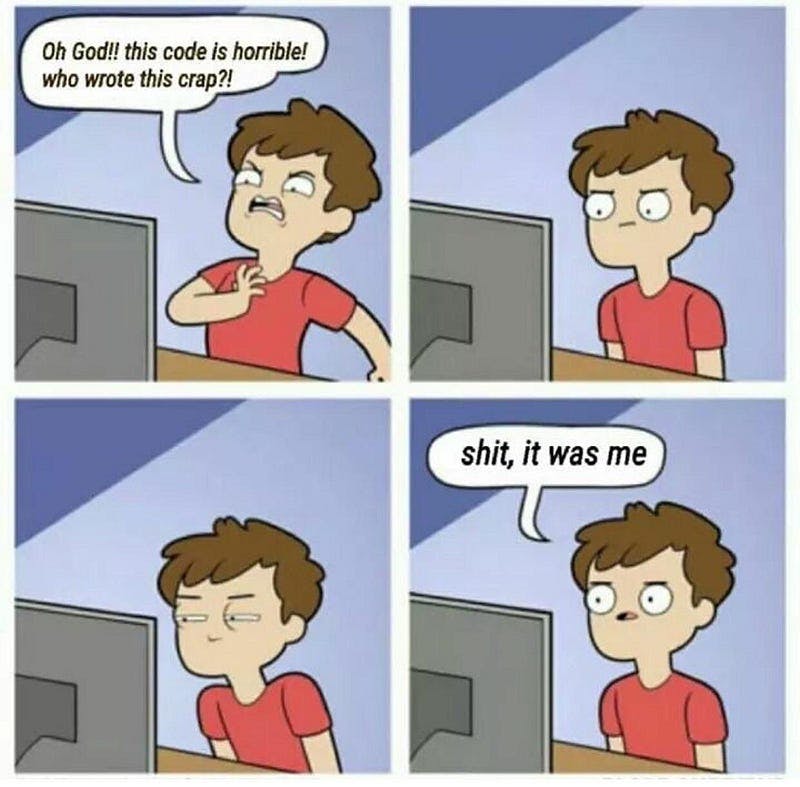Table of contents
In a digital era driven by cutting-edge technology, an unexpected hero emerges from the shadows: COBOL, a 64-year-old programming language quietly orchestrating 3 trillion dollars worth of transactions daily. But here’s the catch — hardly anyone knows it anymore. This article dives deep into the reliance on COBOL, the scarcity of skilled programmers, and IBM’s ambitious solution with Watsonx. 💻💸

🕰️ A Legacy Language Still in Control
Despite being neglected by educational institutions, COBOL thrives in critical industries like banking, automotive, insurance, government, healthcare, and finance. A staggering 43 percent of banking systems still rely on COBOL, managing $3 trillion daily transactions, including a whopping 95 percent of all US ATM activity and 80 percent of in-person credit card transactions. The problem? Few are eager to learn the language, and those who can handle it are aging out of the workforce.
🤔 The Conundrum: Code Maintenance vs. Skill Shortage
Maintaining and modernizing COBOL is crucial, but the shortage of skilled workers poses a significant challenge. The dwindling tribe of “COBOL cowboys” is facing retirement, and the quest for replacements yields slim pickings. The stage is set for a conundrum: how do we keep the wheels turning without the skilled hands needed to maintain the code?

🤖 Enter Watsonx: AI to the Rescue
IBM steps into the arena with a bold proposition — Watsonx, an AI-powered code assistant designed to bridge the gap. The concept is simple yet groundbreaking: Watsonx transforms aging COBOL code into a more modern language, sparing programmers countless hours of reprogramming. It’s akin to ChatGPT translating English into Esperanto, but for coding.
🚀 IBM’s Vision: An AI-Powered Coding Revolution
Keri Olson, IBM’s Vice President of Product Management, IT Automation, unveils the magic behind Watsonx. It’s an end-to-end solution involving a multi-step process. Once the application landscape, data flow, and dependencies are understood, applications are refactored. Developers then selectively choose smaller pieces for modernization. But here’s the catch — Watsonx is not a developer replacement; it’s a productivity enhancement. The partnership between humans and AI remains essential.
🌌 Hurdles on the Horizon: Skepticism and Uncertainty
While Watsonx holds the promise of a coding revolution, skepticism looms. The ghosts of IBM’s past, notably the Watson Health project, make some wary. Arun Chandrasekara, Gartner Distinguished Vice President and Analyst, raises concerns, stating, “IBM has no case studies, at this time, to validate its claims.” The cautionary ‘wait and see’ approach prevails, as the AI generation is still in its early stages.
🔮 The Future: Bright or Uncertain?
As Watsonx takes its first steps, the industry watches with bated breath. IBM acknowledges the newness and unproven nature of the technology but remains optimistic about its potential. The journey is just beginning, and the intersection of Z computing, mainframe experience, and AI might pave the way for a revolutionary AI experience.

🌈 Conclusion: Navigating the Future with Watsonx
In a world where 60-year-old code dictates financial ecosystems, Watsonx emerges as a beacon of hope. Will it be the silver bullet to the COBOL conundrum, or will skepticism prevail? Only time will tell. As we stand on the precipice of a coding revolution, the collaboration between human ingenuity and AI innovation holds the key to steering the course of our digital future. 💡🤖

Connect with Me on social media 📲
🐦 Follow me on Twitter: devangtomar7
🔗 Connect with me on LinkedIn: devangtomar
📷 Check out my Instagram: be_ayushmann
Ⓜ️ Checkout my blogs on Medium: Devang Tomar
#️⃣ Checkout my blogs on Hashnode: devangtomar
🧑💻 Checkout my blogs on Dev.to: devangtomar

